Untold Stories of Knights in Tomar
- AMCL Schatz
- Oct 30, 2022
- 7 min read
Our little excursion from Fatima took us to Tomar, also in the Santarem district. This city was the centre of Portuguese overseas expansion in the 15th century under Henry the Navigator, Grand Master of the Order of Christ, the successor organization in Portugal of the very controversial and powerful Order of the Knights Templar. Who would have thought? Prior to this trip, I had never associated Portugal with knights as much as I did with England and France, and much less the Templars!
Since I had always been fascinated with the Templars, I did not pass this opportunity to visit this city, magical in both name and legend. It was said that after the conquest of this region from the Moors in the 10th century, the land was granted to the Order of the Knights Templar and the then Grand Master laid the foundation of what was going to be Tomar’s most important monument, the Castle and Convent of the Order of Christ. This was what we went to see that morning.
The spot where it was built was said to be chosen out of divine inspiration. Tomar is situated on one of the region's seven hills, following the numerical significance of the seven hills of Jerusalem, the seven hills of Rome, and the seven columns of Constantinople. It flourished throughout the succeeding centuries as the stronghold of the Order until the Templars were banned all over Europe under pressure from Pope Clement V. The king, however, was able to negotiate the transfer of personnel and properties to the newly-created Order of Christ, though, instead of its Grand Master being elected by the monks/knights, he was nominated by the Pope.
Rumor had it that this transfer was a mere formality, for the same people ruled the new Order and apart from the change in name, their function was not affected at all ("Business as usual," as we say). In fact, when Henry the Navigator became Grand Master, the knights even rose higher in significance, for the Order supported his enterprises in Africa and the New World. Hence, this served as the continuation of the Templars’ legacy and stamped them as major contributors in Portugal’s Age of Exploration. The seat of their power lay inside the walls of this building in Tomar.
From afar, one can see that the complex is dominated by the imposing citadel with the keep and the round church with the bell tower. Our Tour Director reminded us that this was actually a combination of a castle and monastery in those days, and would therefore be quite unique compared to stand-alone castles and monasteries.
As we approached the gates, I saw a couple of men in Knights Templar costumes playing medieval instruments. I asked if there was a show along with the tour, but when I moved closer, I found out they were actually on a commercial quest. While the musicians were busy entertaining the crowd, their companions were handing out flyers and menus from one of the restaurants nearby. I must admit this was a very clever marketing ploy and a very thematic one at that. They certainly got our attention.
We first visited the church, erected in the 12th century. It is certainly unique with a 16-side polygonal shape supported by strong buttresses, round windows, and a bell tower. Our guide said this was patterned after the architecture of religious buildings in Jerusalem and other parts of the Middle East. Inside is a central octagonal structure, connected by arches to an ambulatory.
This rotunda is typical of Templar architecture, we were told. As the monks were technically knights, this area was designed so that horses could be accommodated. It was not hard to imagine knights mounted on their steeds circling around as they receive their blessings before heading out to battle. In Portuguese, this is referred to as the Charola, which is actually the knights' private oratorium within the fortress.
During the first half of the 15th century, a rectangular nave with beautiful ribbed vaulting was added, a choir was built, two large windows were opened on the sides of the ambulatory, and altars circling the ambulatory were erected. These changes were done to accommodate the liturgical functions of the contemplative friars introduced by Prince Henry the Navigator.
I could not help but gawk at the sheer opulence of the place. It is decorated in a combination of late Gothic and Manueline style, both of which are very ornate, although the exterior and the columns are still Romanesque. Paintings, statues, sculpted decorations, and elaborate wall panels are on every corner. I did not know which one to look at first. Over the centuries, since this structure was first erected, several embellishments from different styles, including Moorish Corinthian, and Tuscan have been added, making it one of Portugal’s most prestigious sites.
One of the most impressive architectural feature you can find here, is the Manueline window in the Chapter House (the space used for important meetings and for conducting business affairs and secular matters), located in the west portal. The moss-covered window is the epitome of the Manueline style with its maritime motifs - knotted ropes, buoys, ship tools, corals, and vegetation from distant lands. It also contains the armillary sphere, the cross of the Order of Christ, the kingdom's coat of arms, and a human figure that represents its designer. The rich and highly-detailed sculptures of this window truly exemplifies Portugal’s status as a sea power in those days.
Next, we visited the monastery complex, which was vast with eight cloisters. I felt like going through a maze and I could have easily lost my way had I not been trailing our guide closely. These cloisters were built between the 15th and 16th centuries and six of the notable ones are the:
Claustro da Lavagem (Washing Cloister, where monks washed their garments)
Claustro do Cemiterio (Cloister of the Cemetery, burial site for knights and monks)
Claustro de Santa Barbara (Cloister of Saint Barbara, used as a distribution area and where one can get a magnificent view of the exquisite Chapter House Window)
Claustro de D. Joao III (Cloister of St. John III that connects the monks’ dormitory to the church and features Italian art and four elegant helicoidal stairways on each corner)
Claustro da Hospedaria (Guest House Cloister for hosting guests)
Claustro dos Corvos (Cloister of the Crows, used for retreat, reading, and prayers)
Claustro Mistra (Bread Cloister, the gatehouse where monks gave out bread to the poor and the needy)
The other two were less remarkable and I am guessing, not as much highlighted during the tour because they exhibit some signs of neglect.
Above the cloisters sit the Terraço de Cera (Wax Terrace) used by the monks to dry honeycombs. We also saw the dormitories, the kitchen/oven room, the dining room, the library, the chapel, and even the toilets (whose design was considered advanced during that time)! The knights/monks certainly had their own world within this complex. I could imagine how it once looked like, filled with people and bustling with activity!
The castle consists of the central tower called, "The Keep" and has an outer defensive wall and a citadel. What makes it distinct are its round towers, said to be more resistant to attacks compared to square towers. Apparently, the Templars learned this from their expeditions in Normandy and Brittany.
Indeed, this property is most unique. This was the first time I had been to a castle-and-monastery-combination complex. I guess it makes sense for a highly-influential military-cum-religious order to build a formidable structure such as this one at the peak of their power.
My half-day stroll along these architecturally-exuberant grounds gave me a whirlwind introduction to Portuguese history, culture, and maritime legacy. What has been totally unfamiliar before was slowly being brought to light with the bits and pieces of their story encapsulated in their magnificent structures and awe-inspiring works of art.
I stood on one of the towers overlooking the city while waiting for our party to assemble for departure. Our Tour Director soon arrived and pointed at several landmarks – the Church of Santa Maria do Olival, built in the 13th century to serve as a burial ground for the Templars and their treasures; the Synagogue of Tomar, with the adjoining Jewish museum that carries pieces of Jewish history in Portugal; the Chapel of Our Lady of the Conception, originally intended to be the burial chapel of King John III; the Church and Convent of Saint Iria; and the Church of Saint John the Baptist – all of which are attached to the Templar legacy.
As we were looking at the landscape before us, he also shared an interesting trivia with me. He said that Tomar's historic centre was designed as a cross, with a convent at each cardinal point (the Annunciation Convent to the north, the St. Francis Convent to the south, the Convent of Saint Iria to the east, and the convent where we were standing to the west). At the centre of this cross is the Praça da República, flanked by the Church of Saint John the Baptist on one side and the city hall on the other.
Crisscrossing the old town with homes topped by the signature red-tiled roof is the Nabao River, its peaceful waters glistening in the noontime sun. Dotting the streets are olive, pine, and fig trees, and surrounding the idyllic setting are acres of farmlands and meadows. Who would have thought that this quiet little town was once a stronghold of the most powerful Order in the Christian world? I left the grounds enlightened, but still mesmerized by the mystery that was the Templars.
As we left the town, we passed by the Aqueduct of Pegoes, built between the 15th and 16th centuries to supply water to the Convent. It stretches over six kilometers throughout the city and varies in height depending on the geography of the land. It has a total of 180 arches and where it drops down the valley, forms two rows. The entire complex provides an imposing backdrop to Tomar - beautiful and dramatic.
Photo Credits:
wikipedia.org – João Carvalho, wikipedia.org - ho visto nina volare, wikipedia.org - Alvesgaspar, gotoportugal.eu, roadtripsaroundtheworld.com, portugalvisitor.com, Wikimedia Commons - GFreihalter, Wikimedia Commons - Palickap


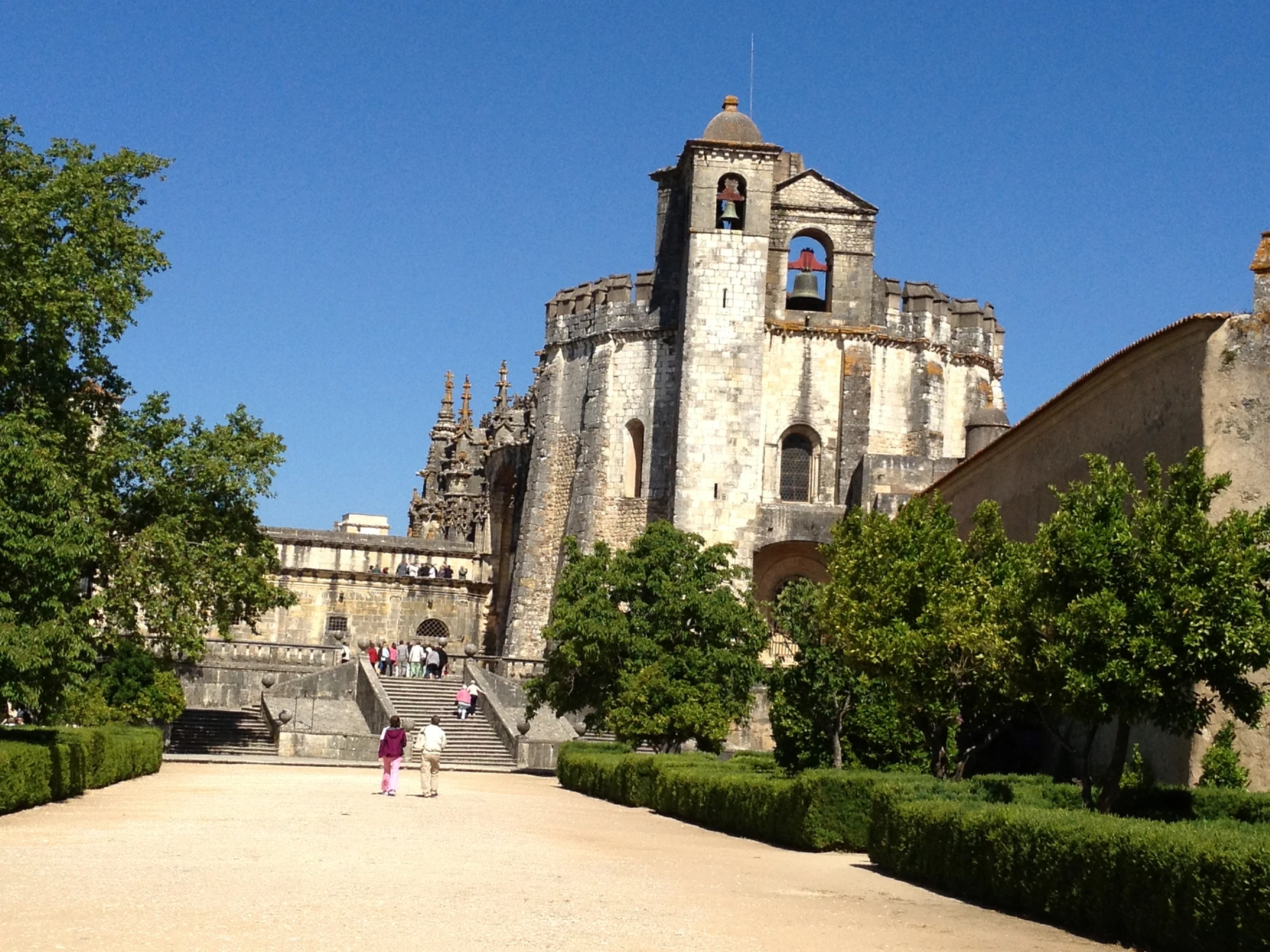

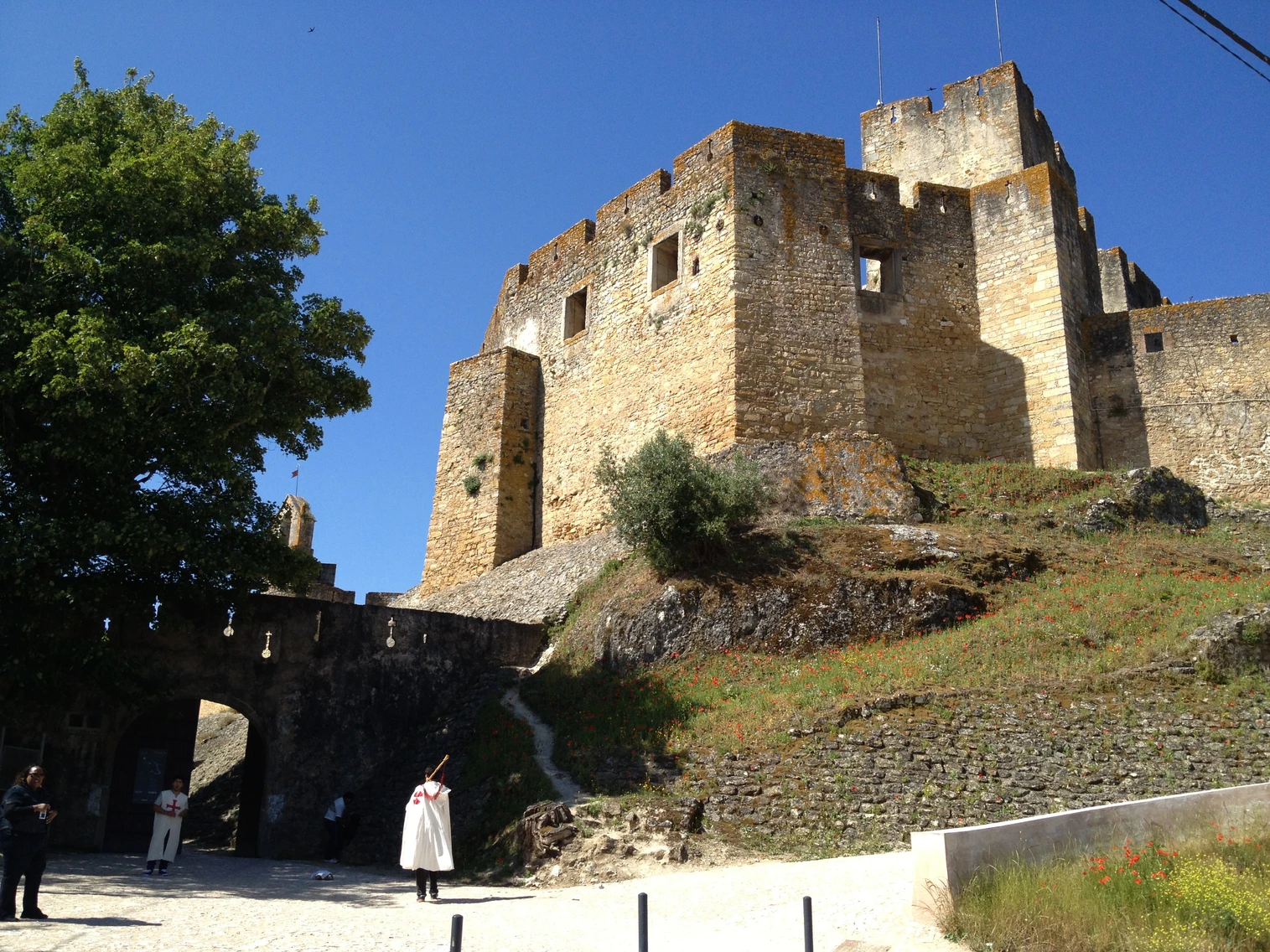
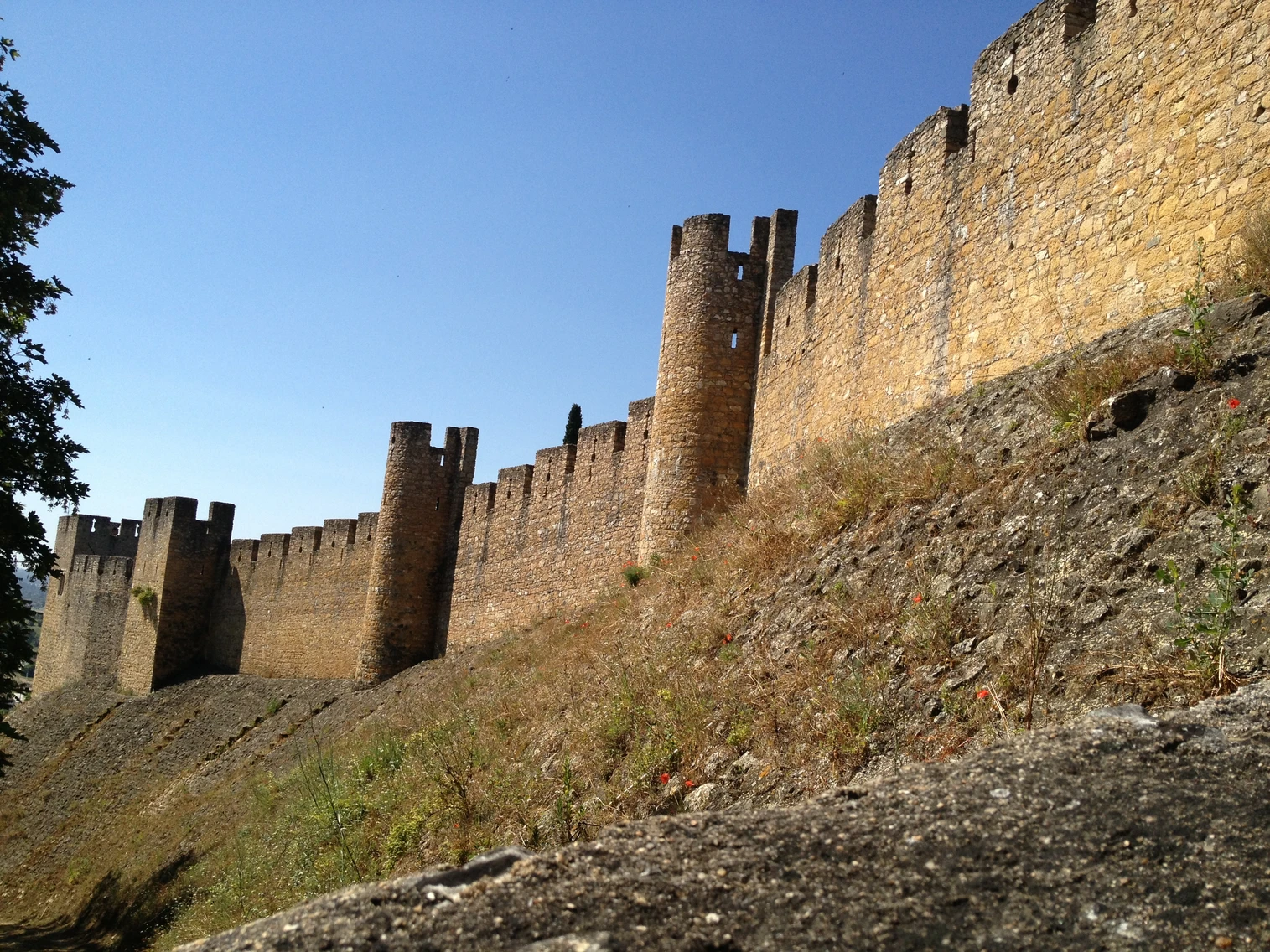
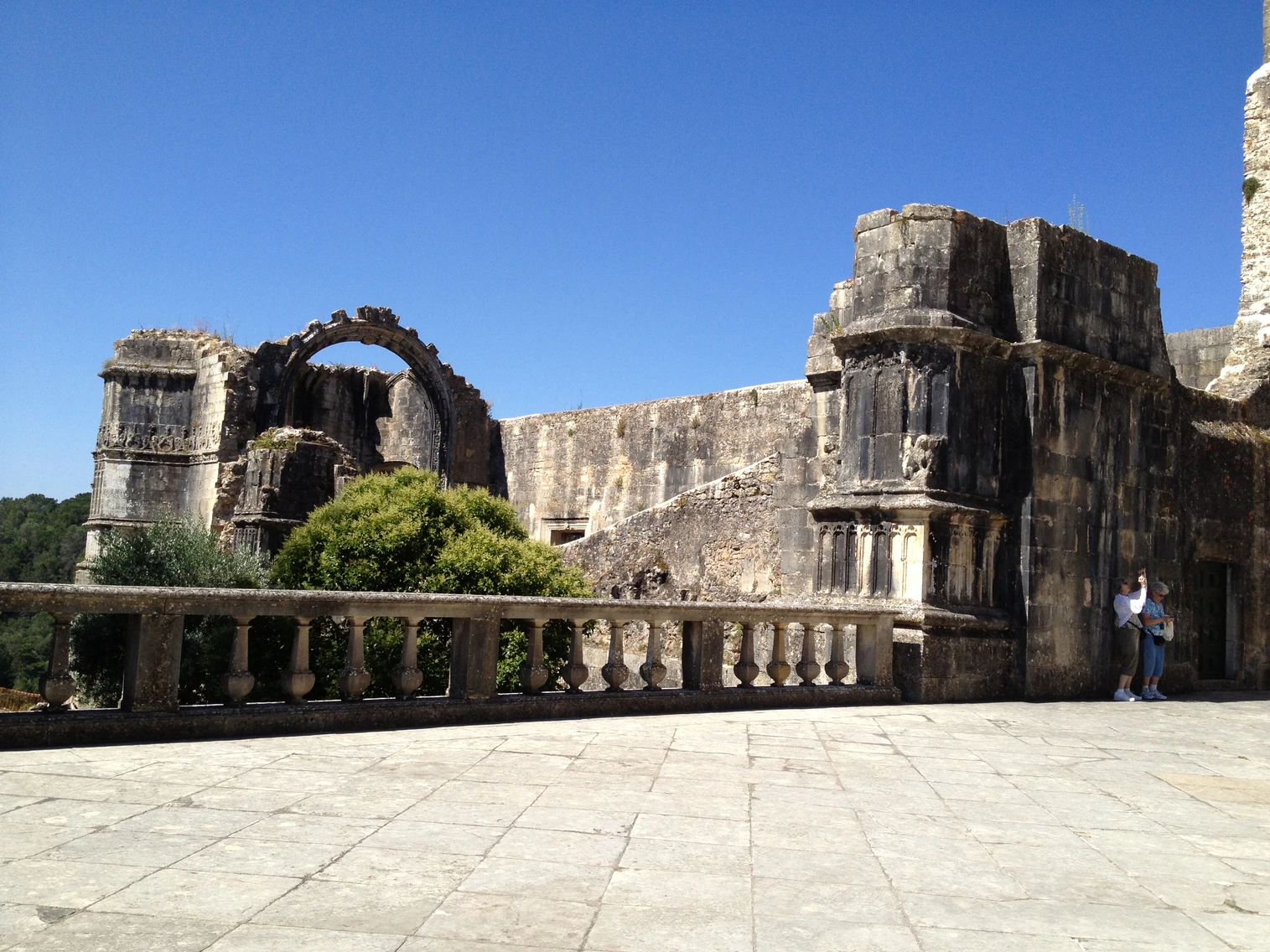
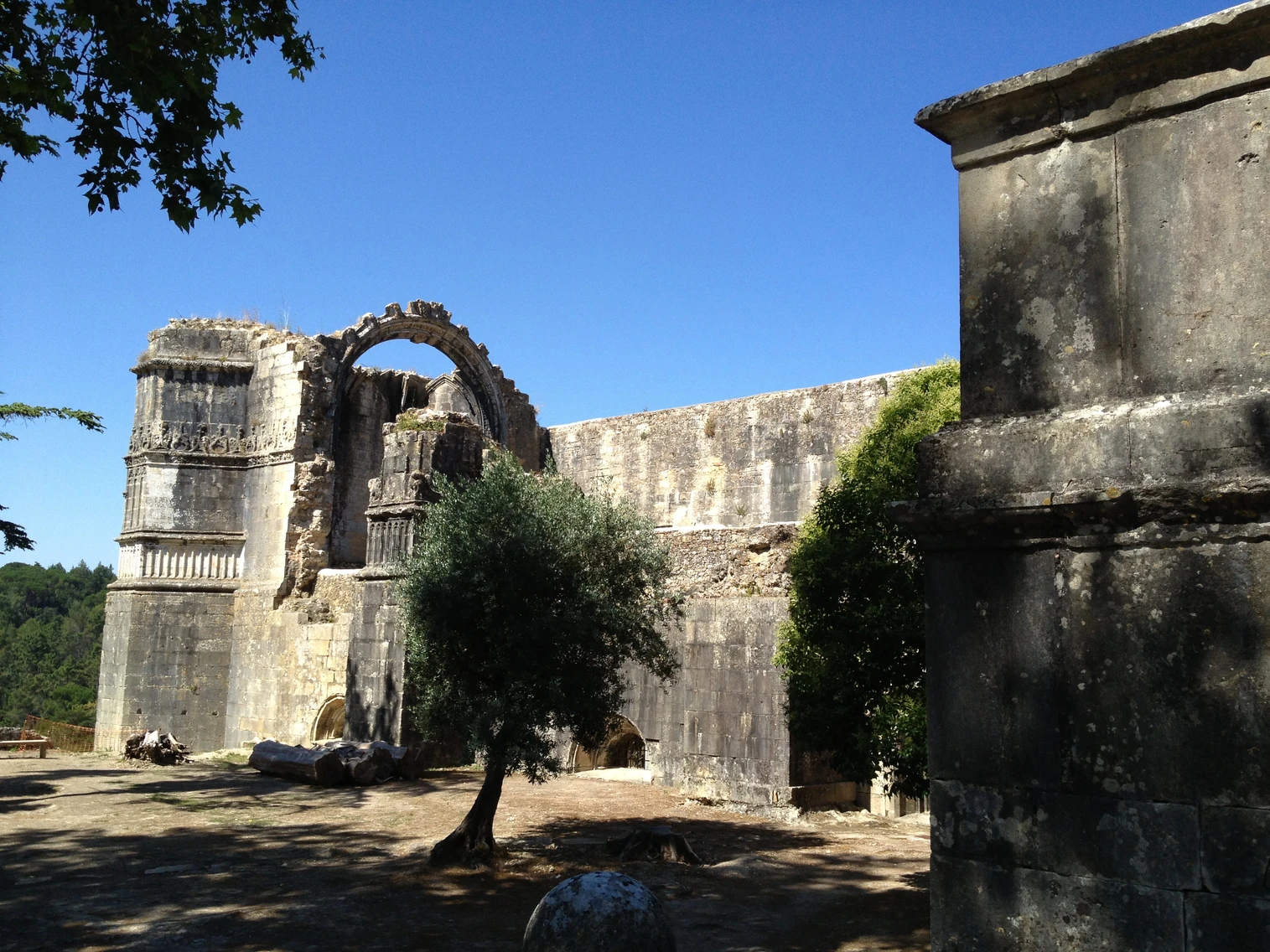
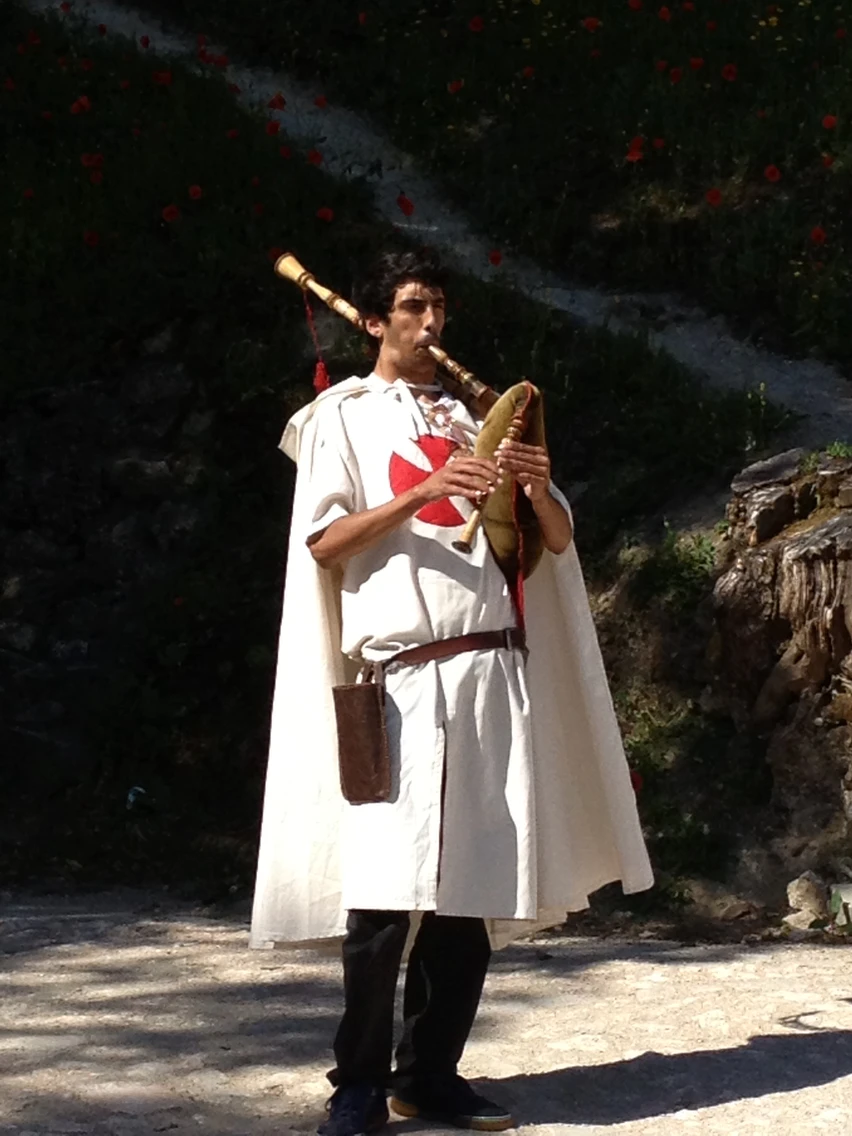
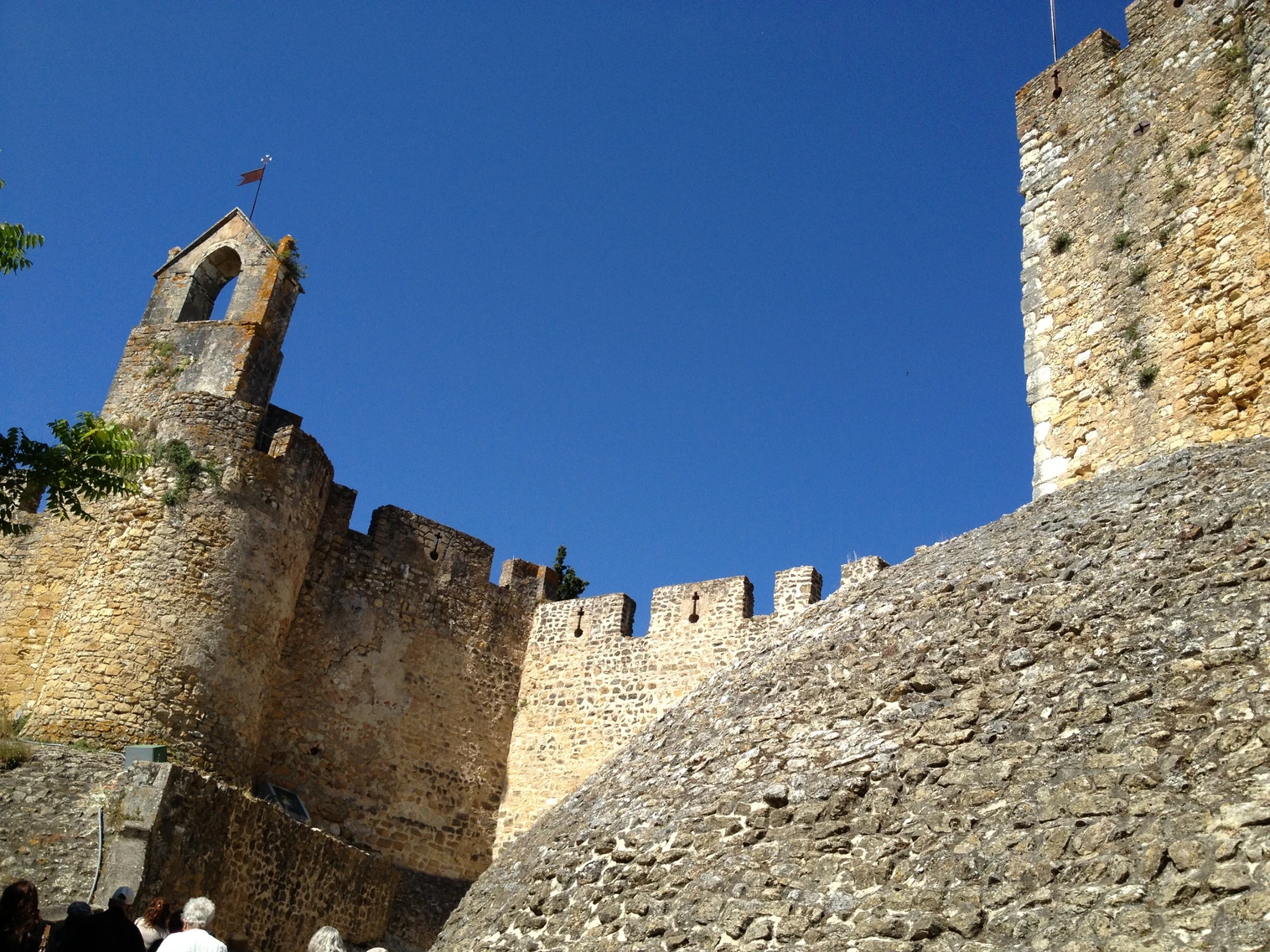


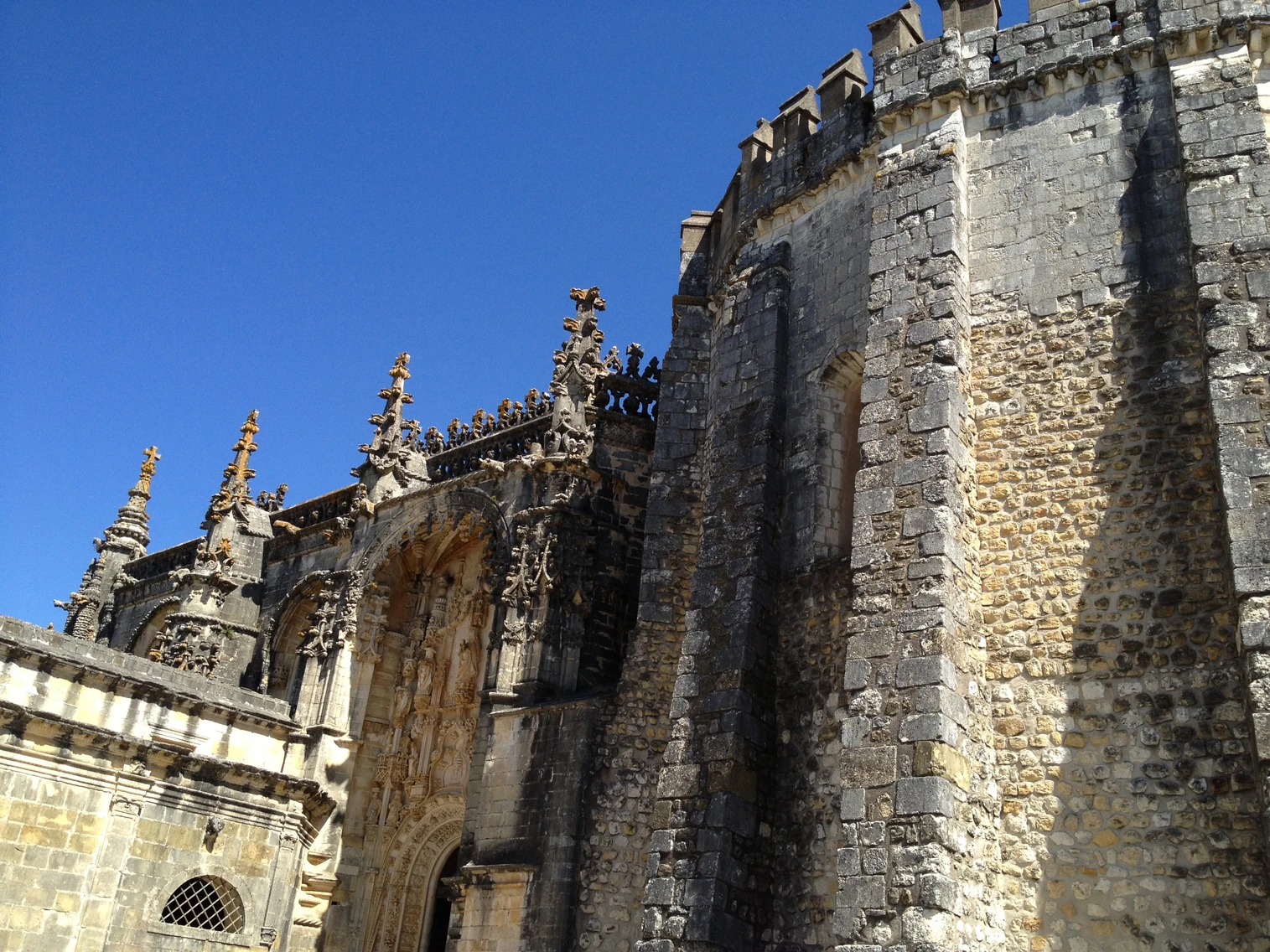
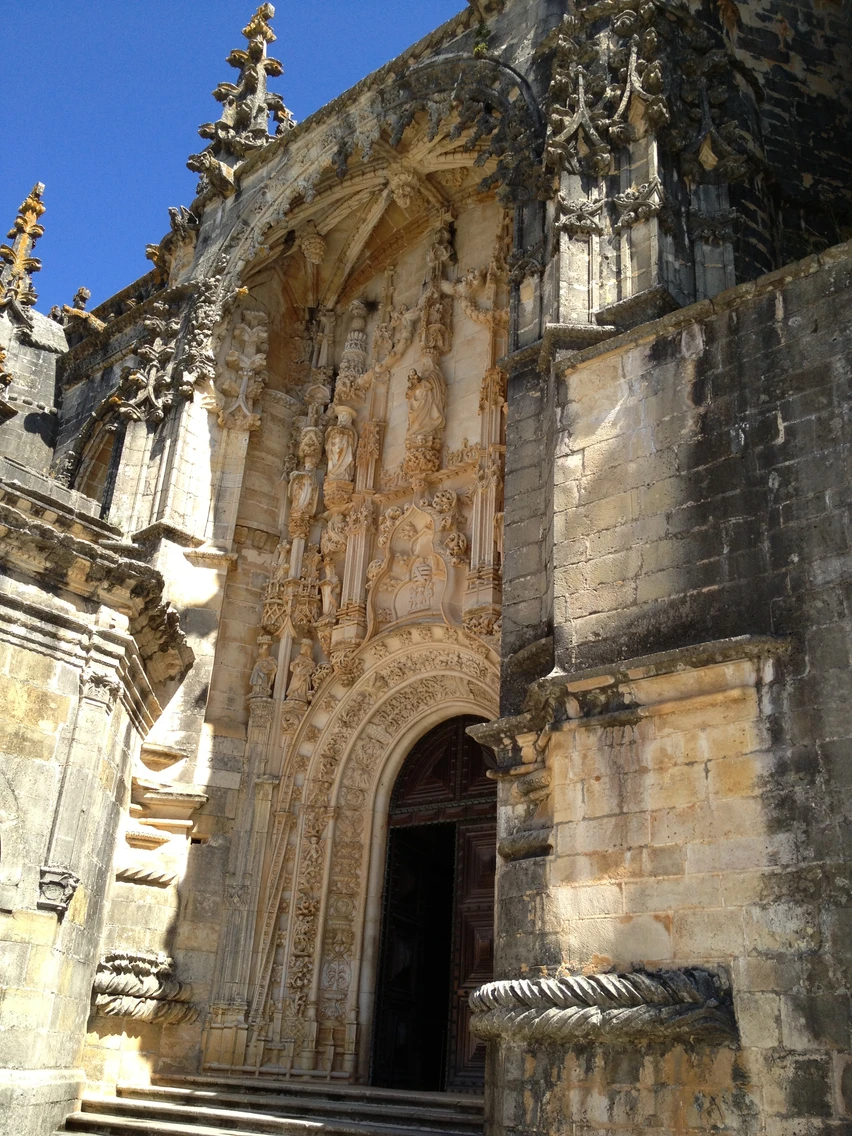
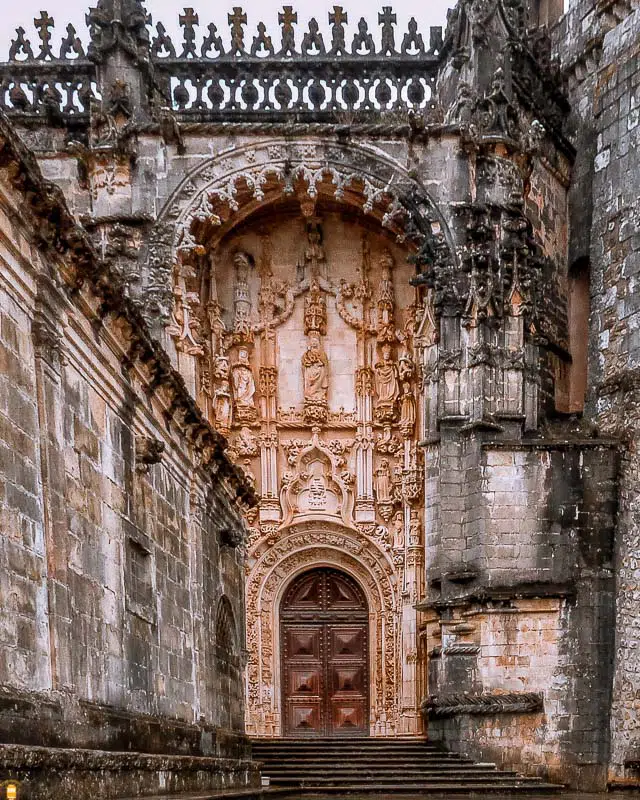
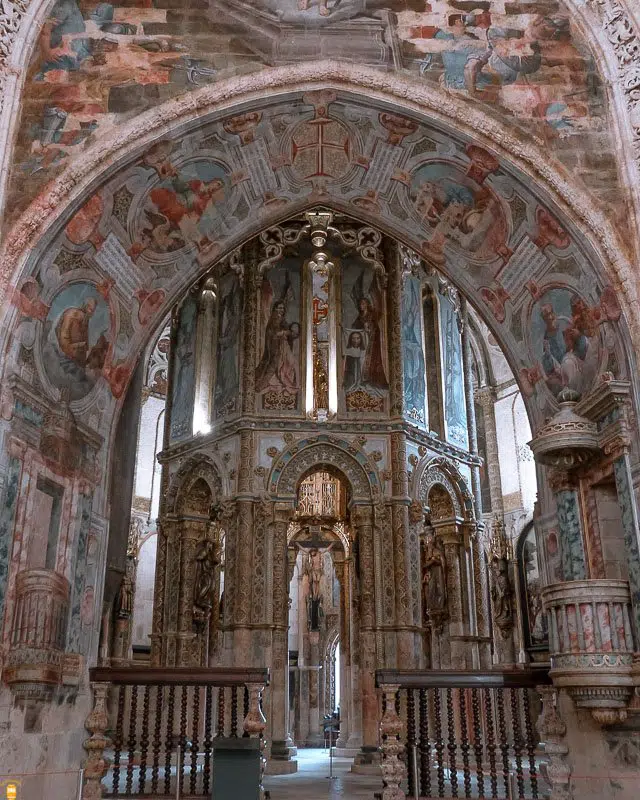








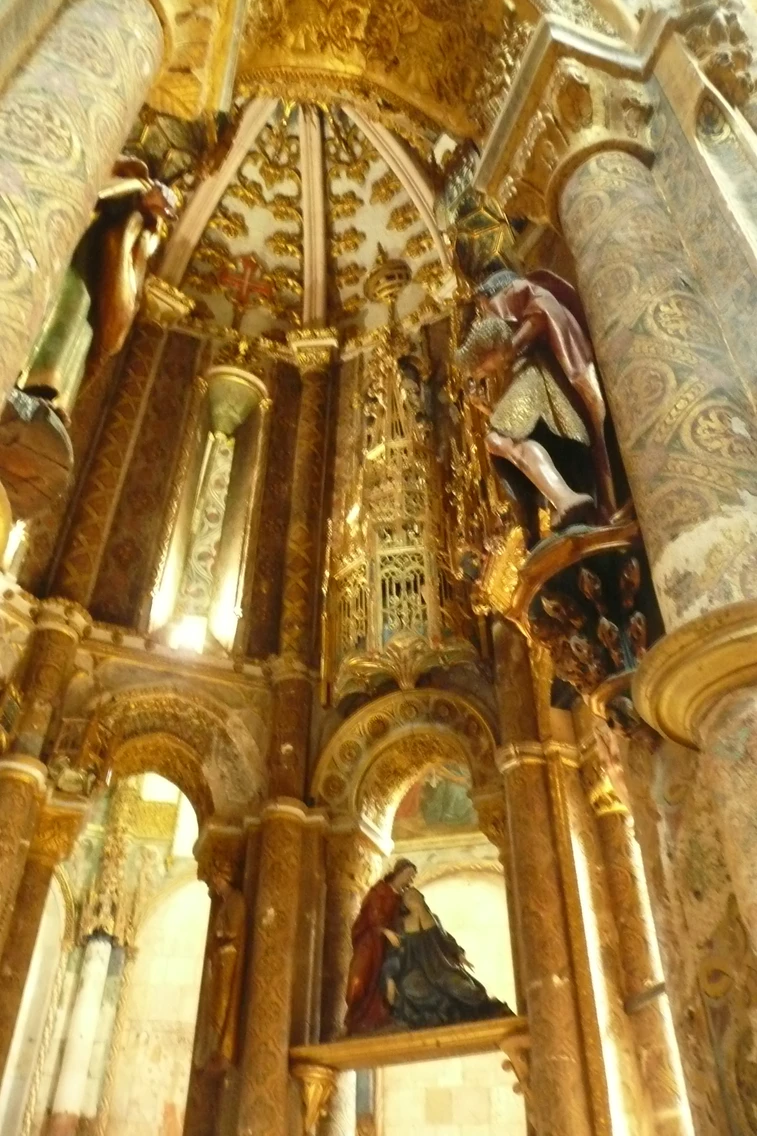






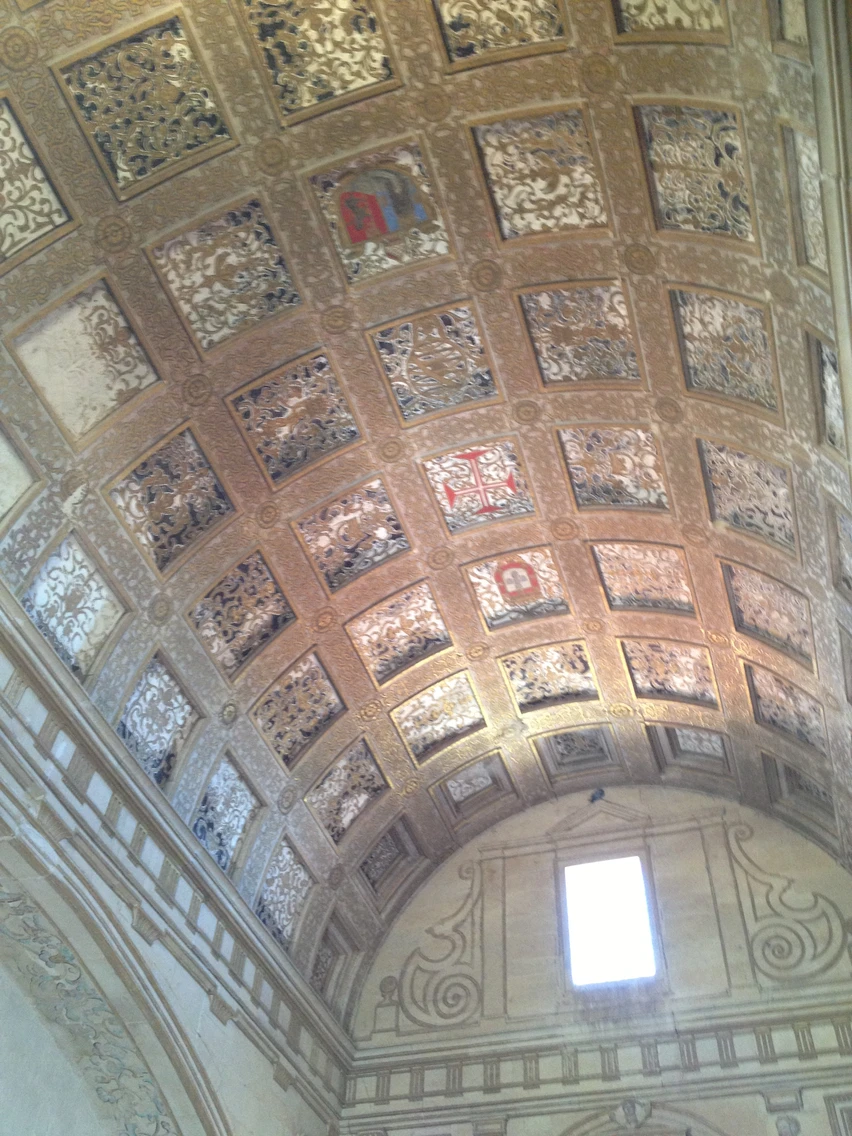


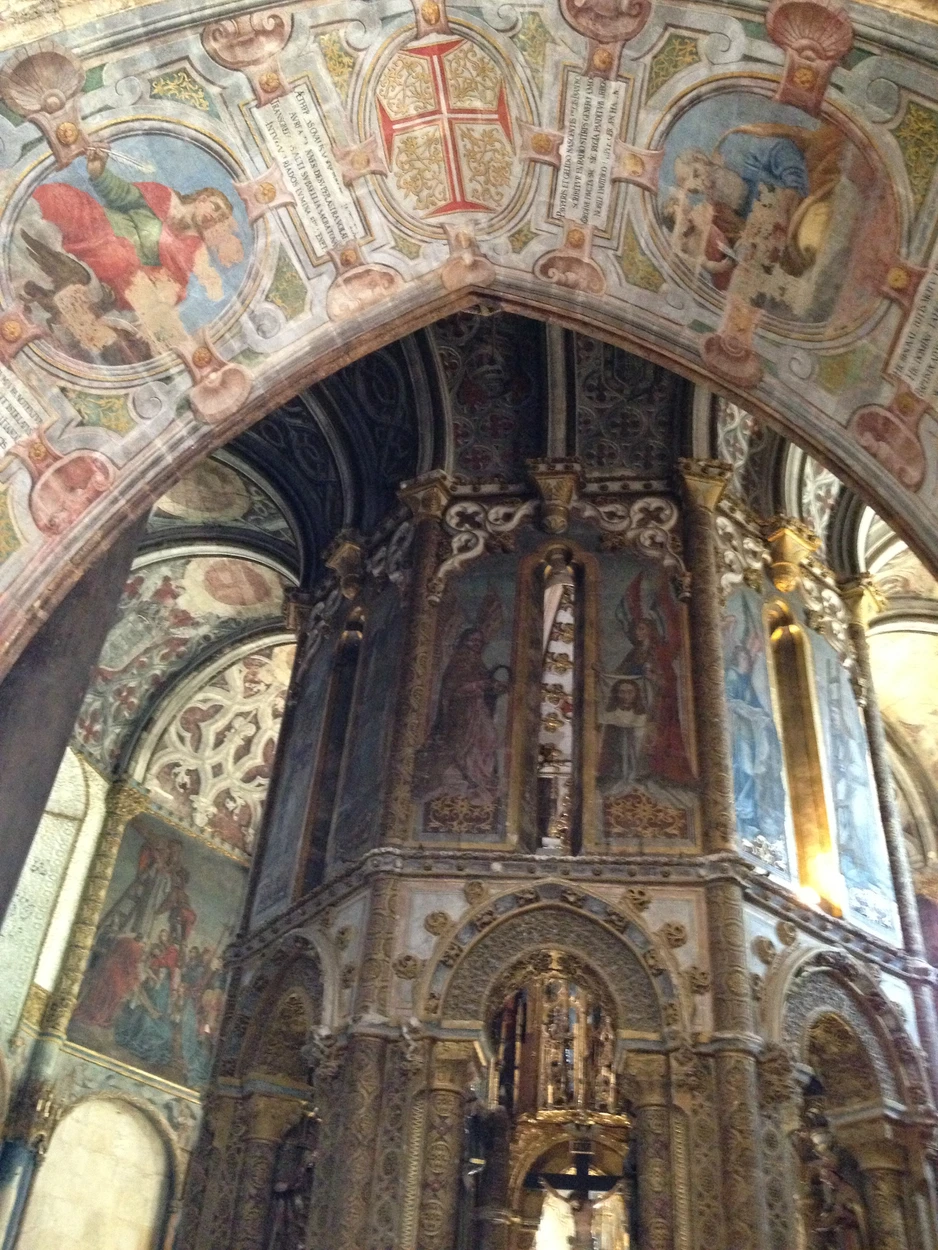
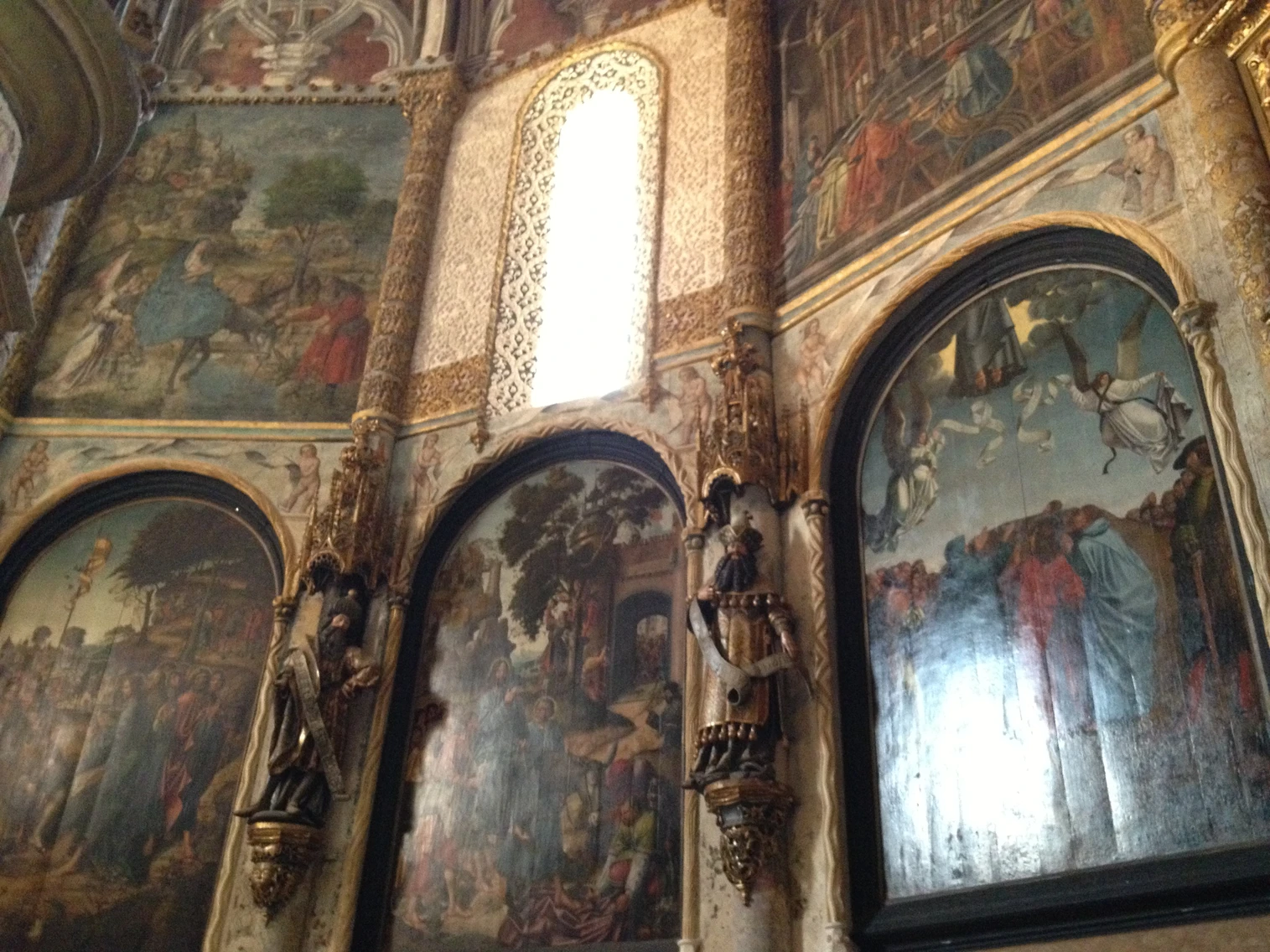
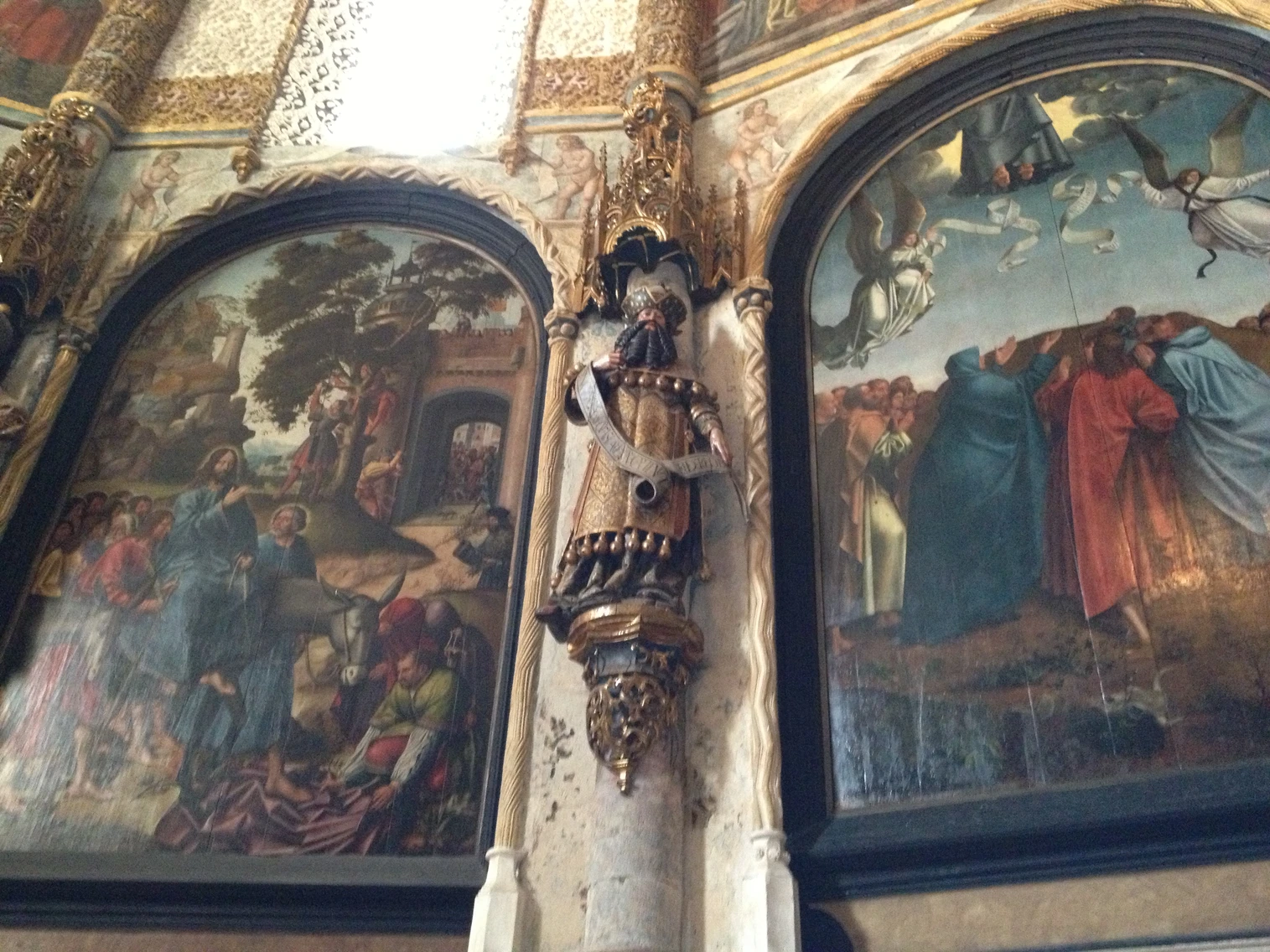

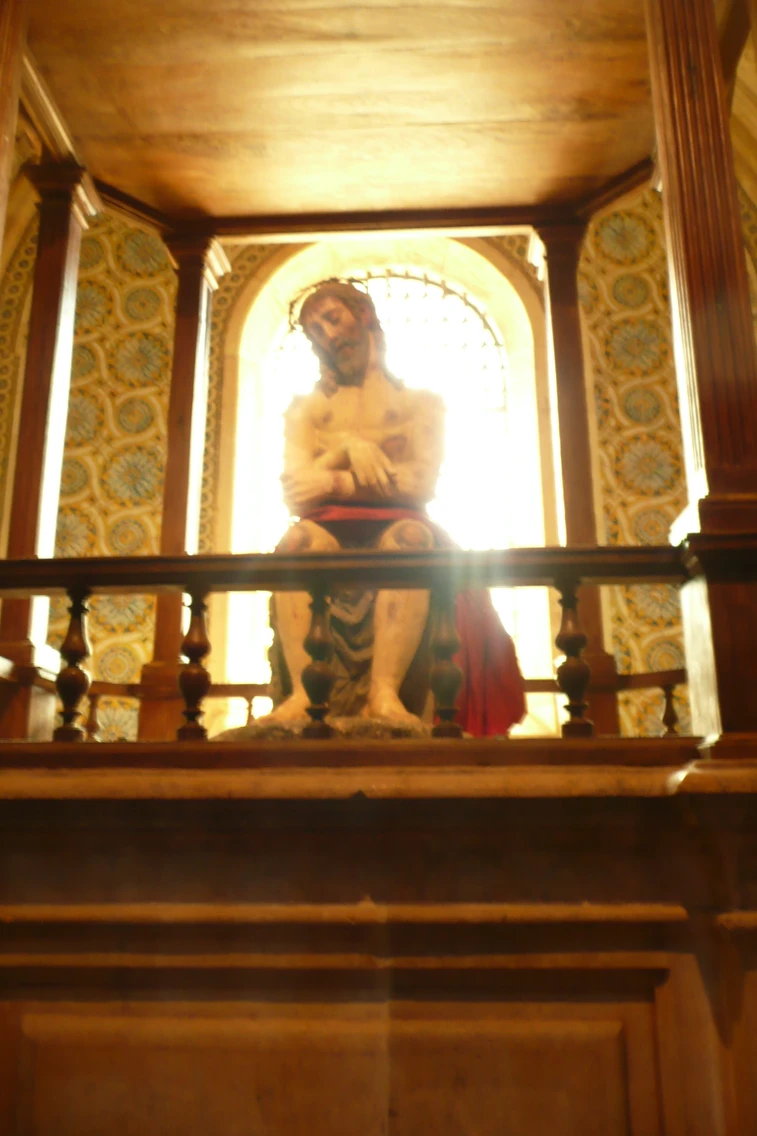
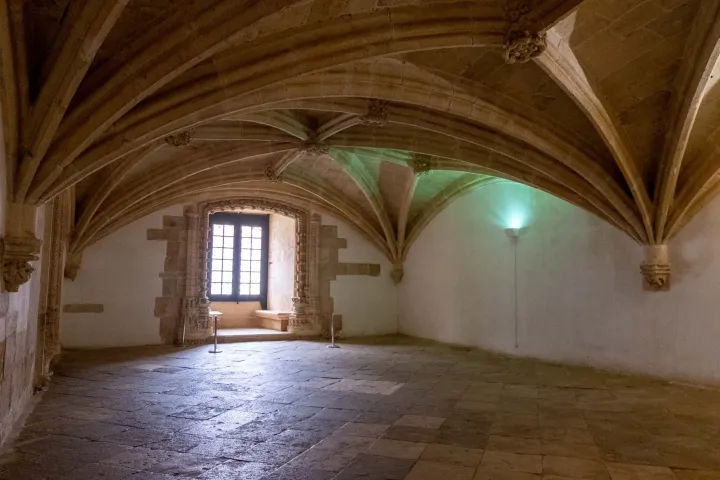
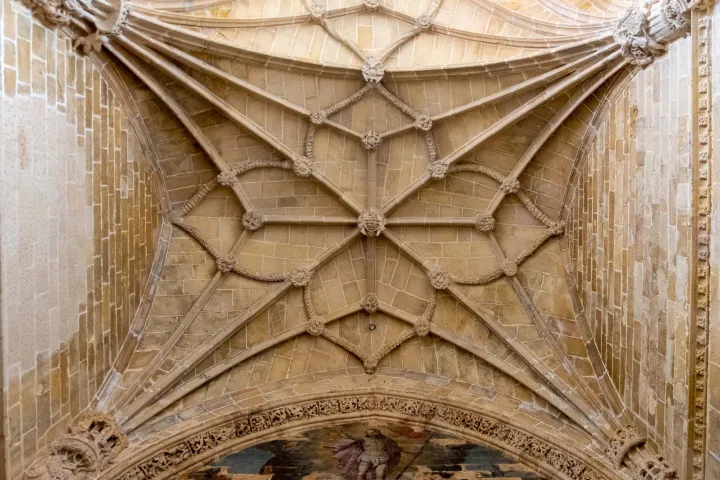
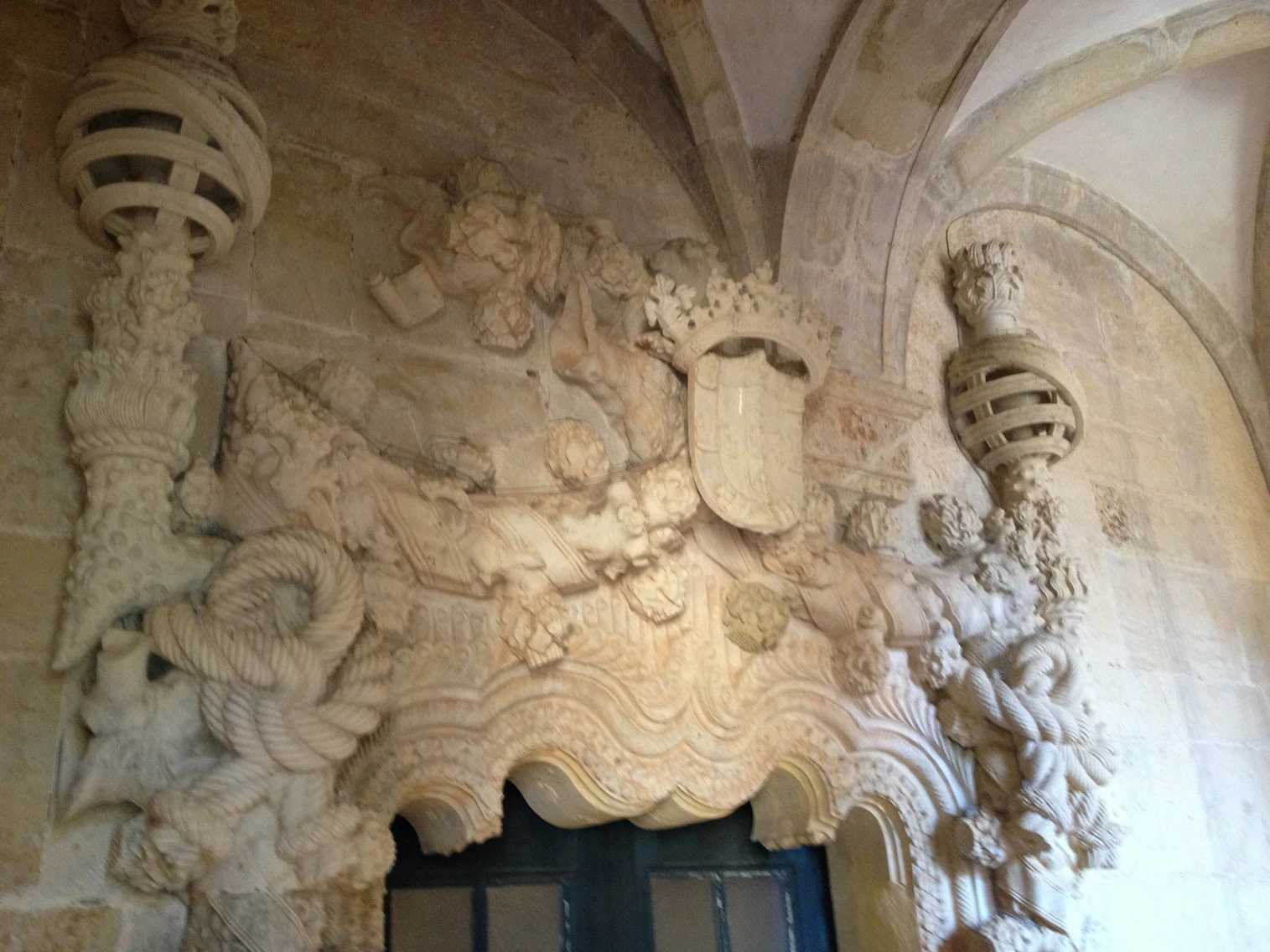
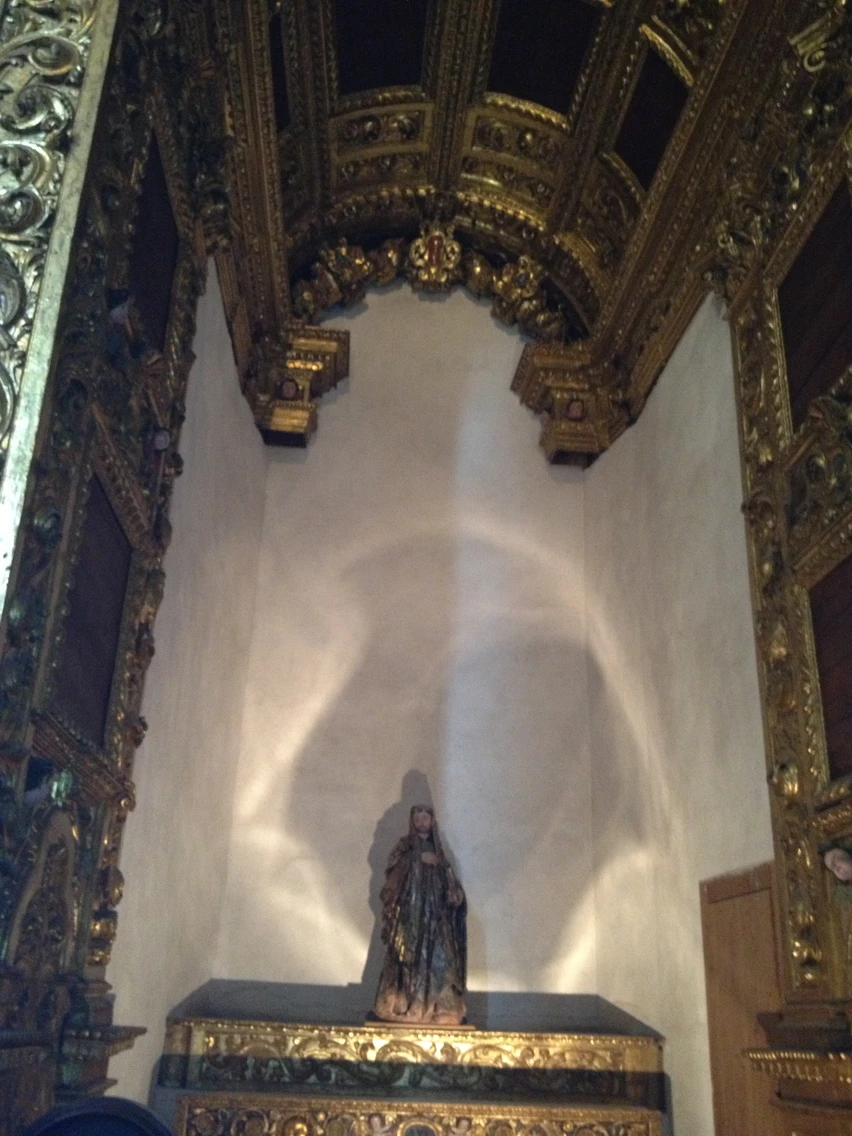
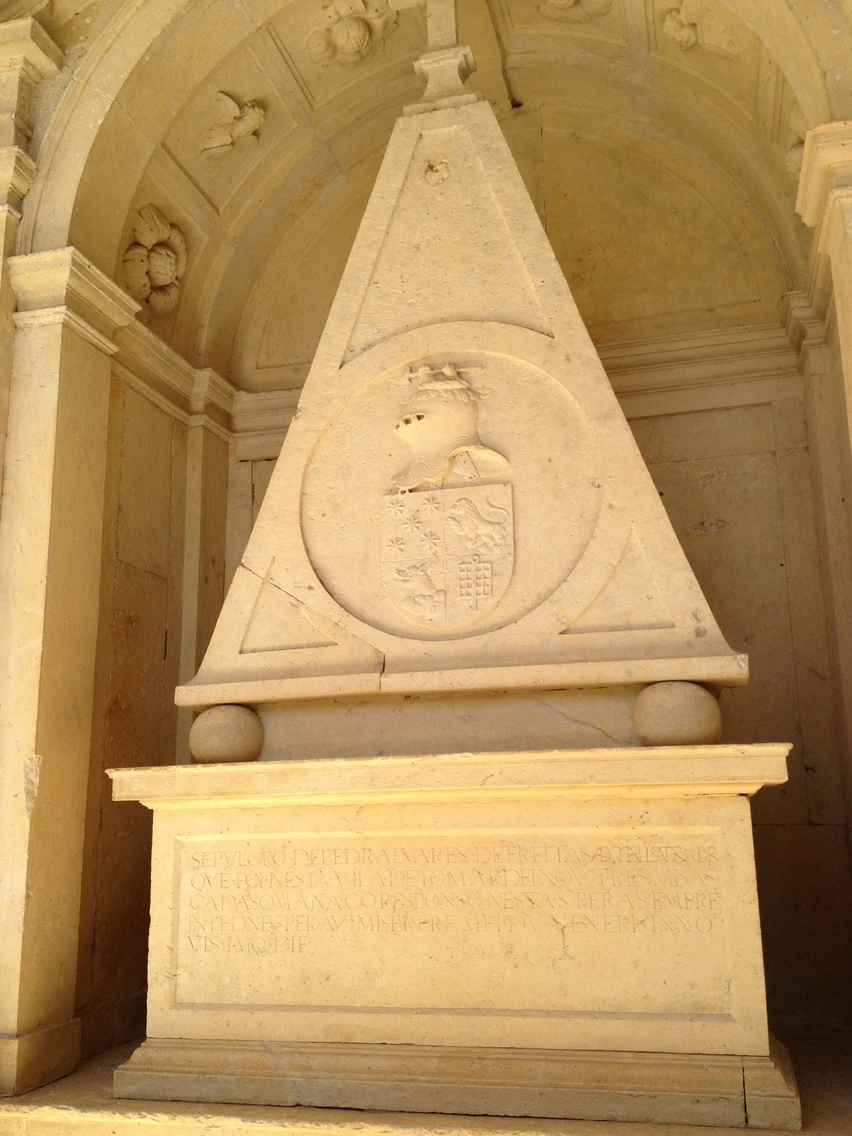
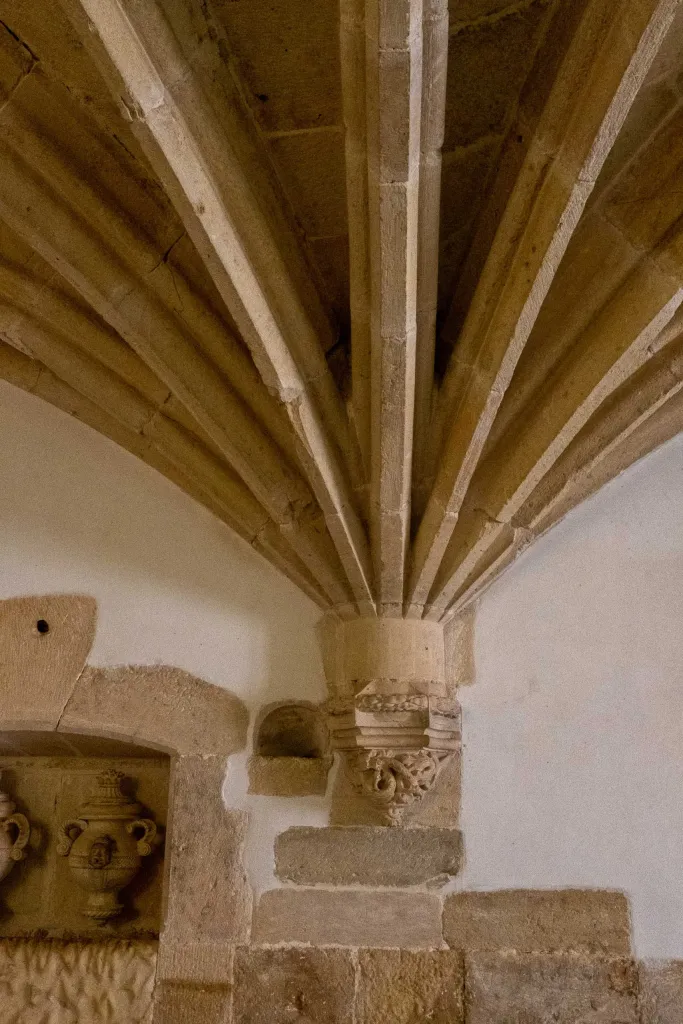




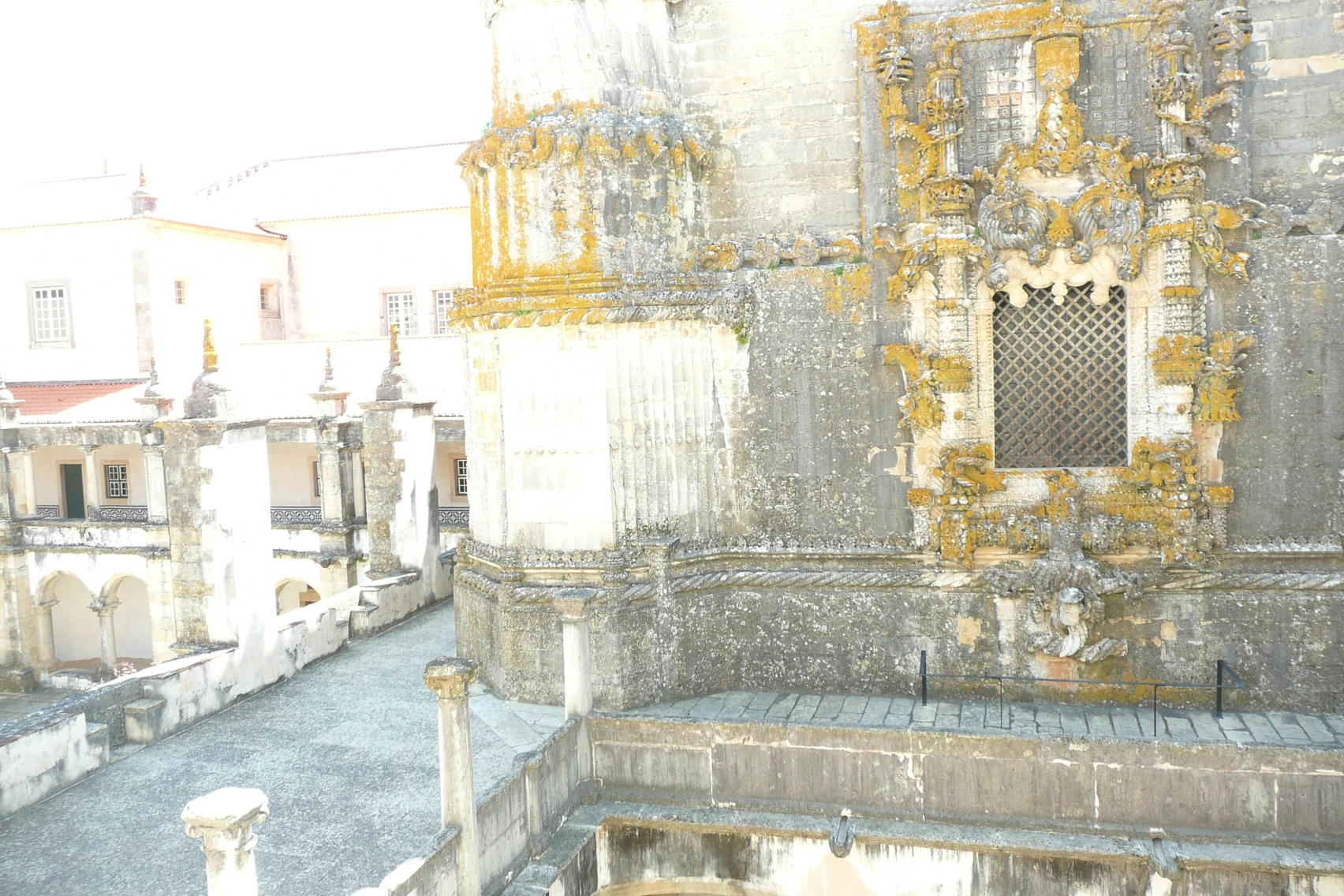
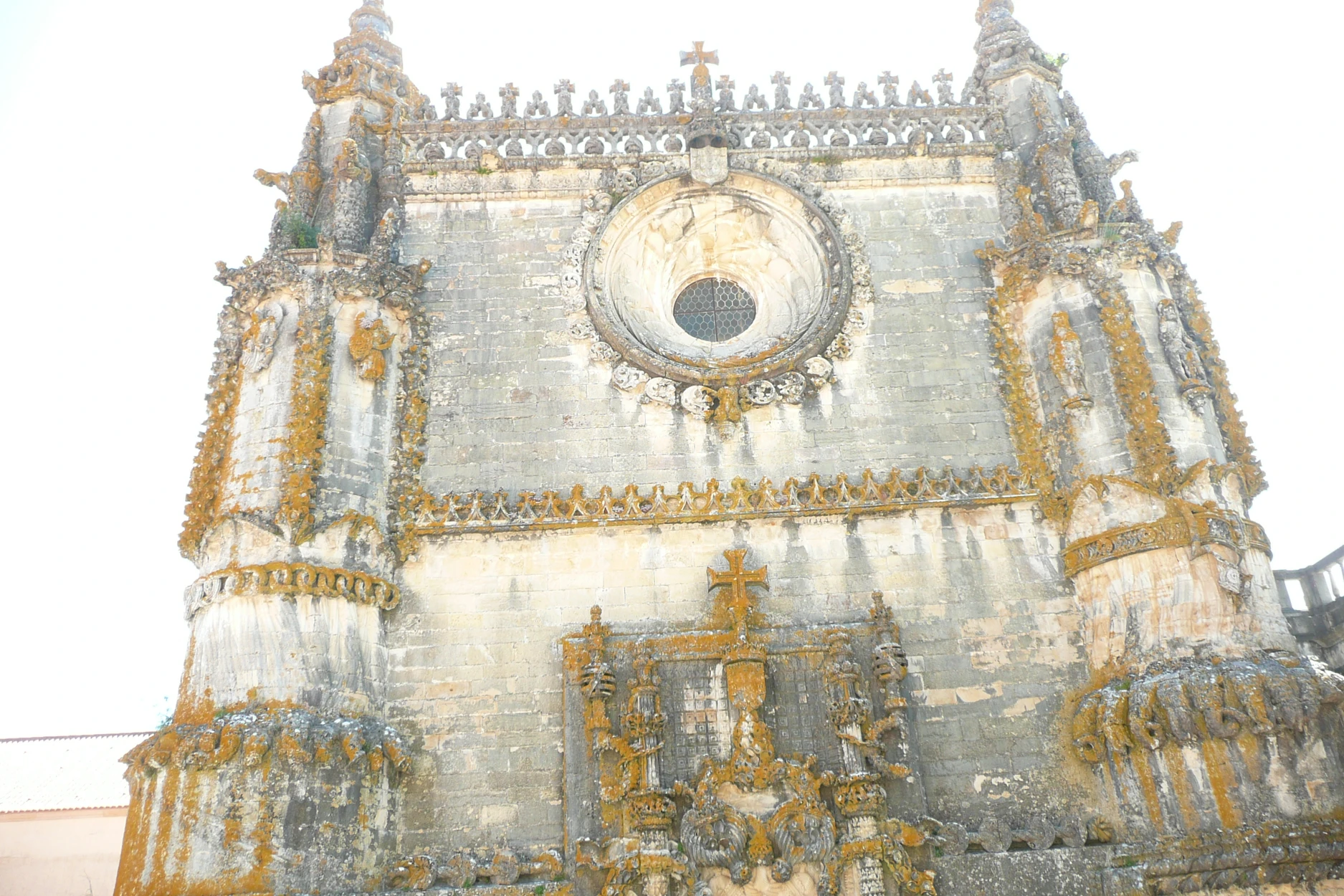
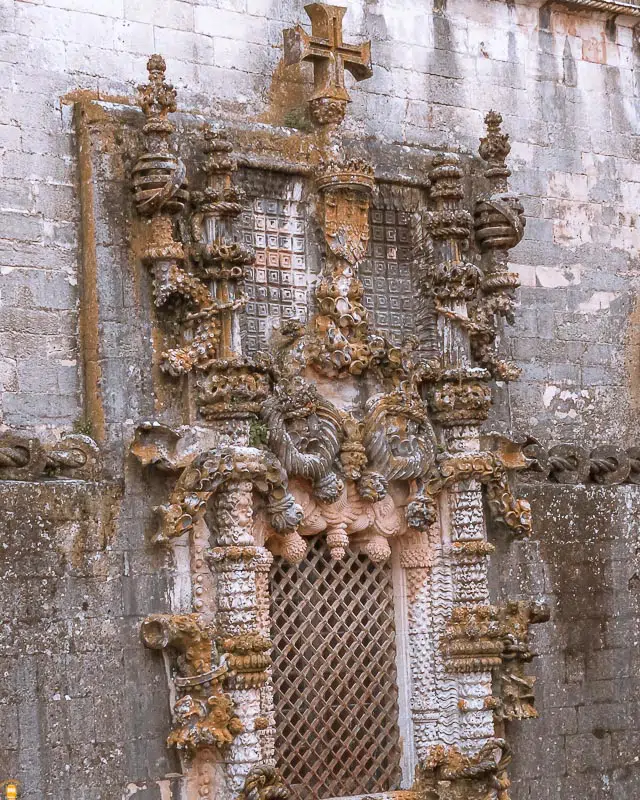












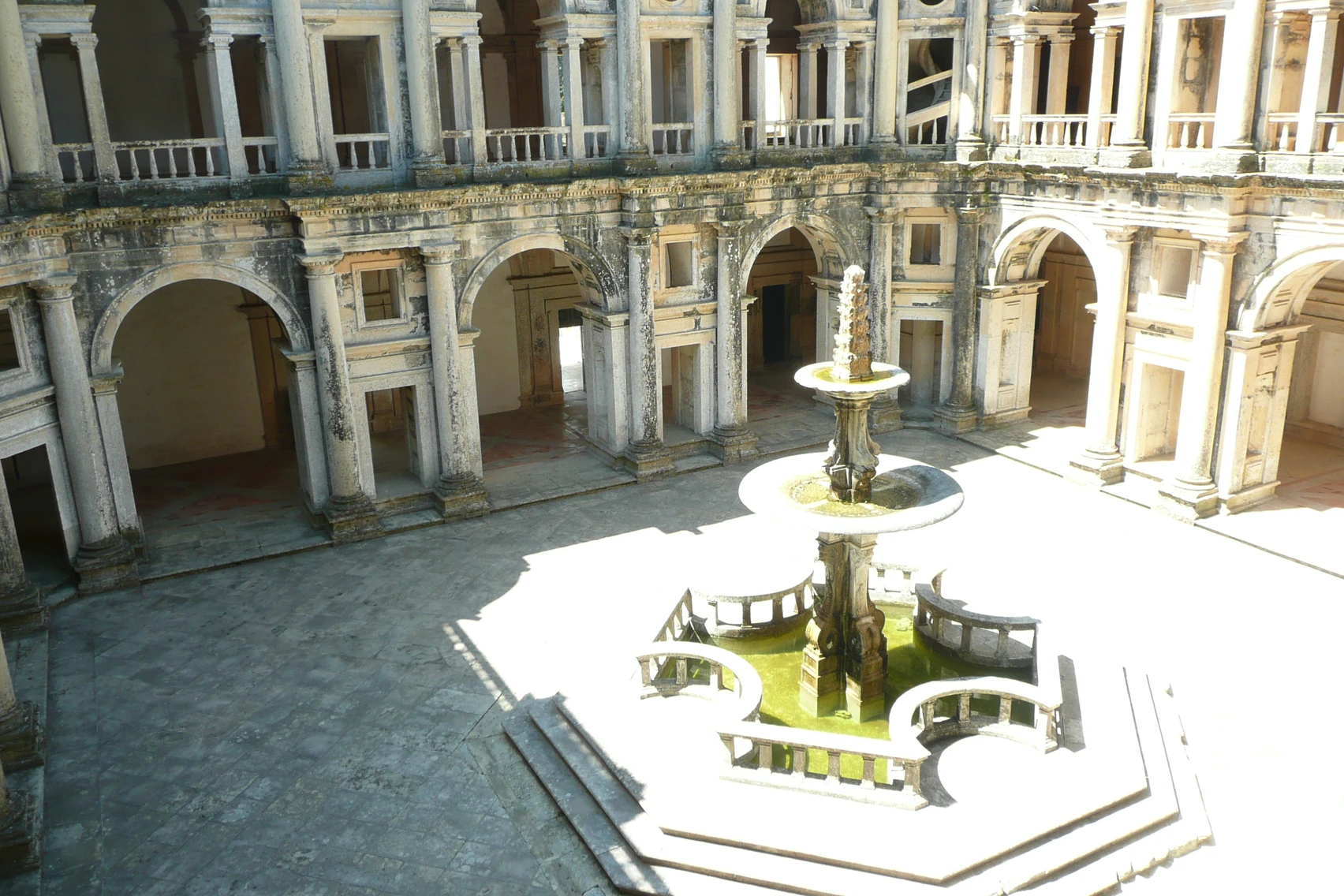



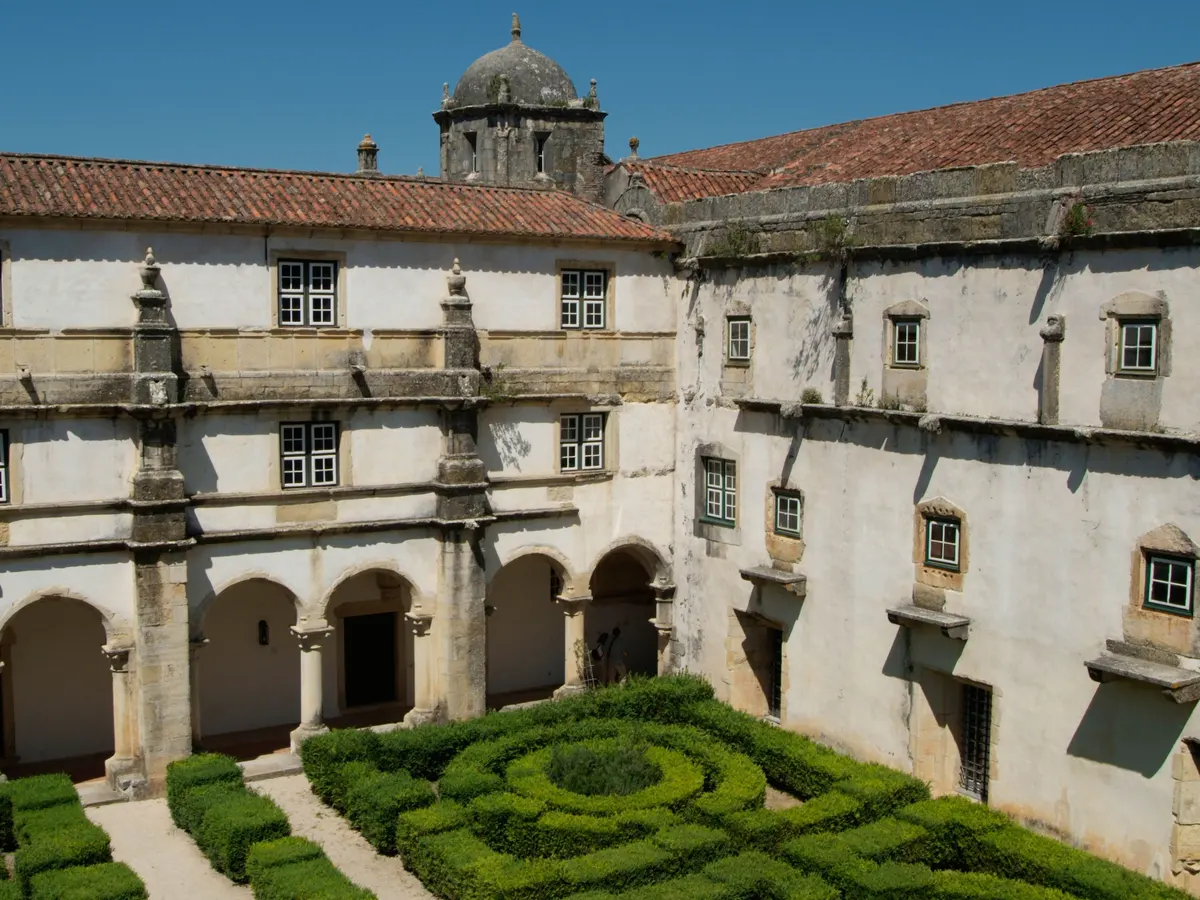




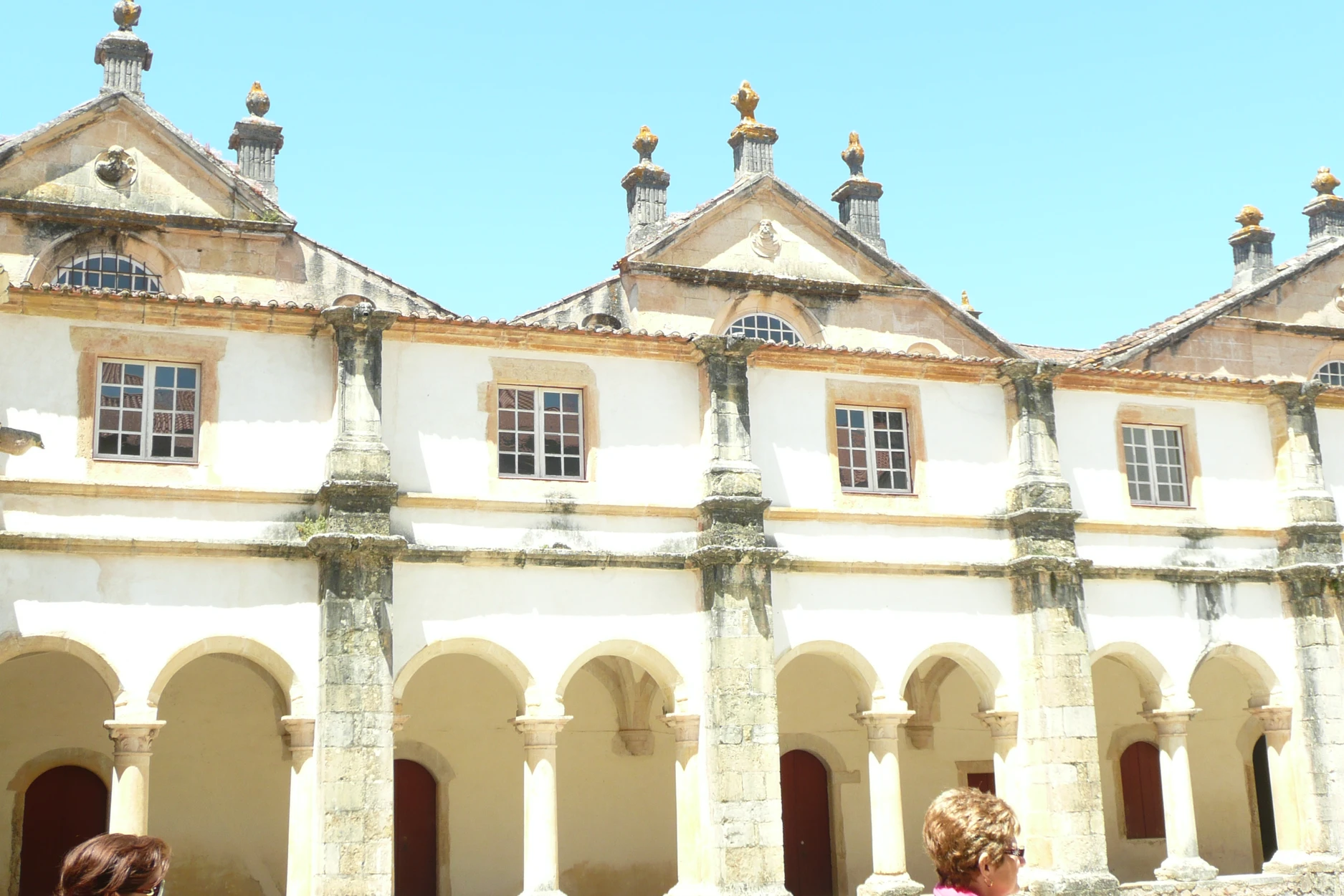
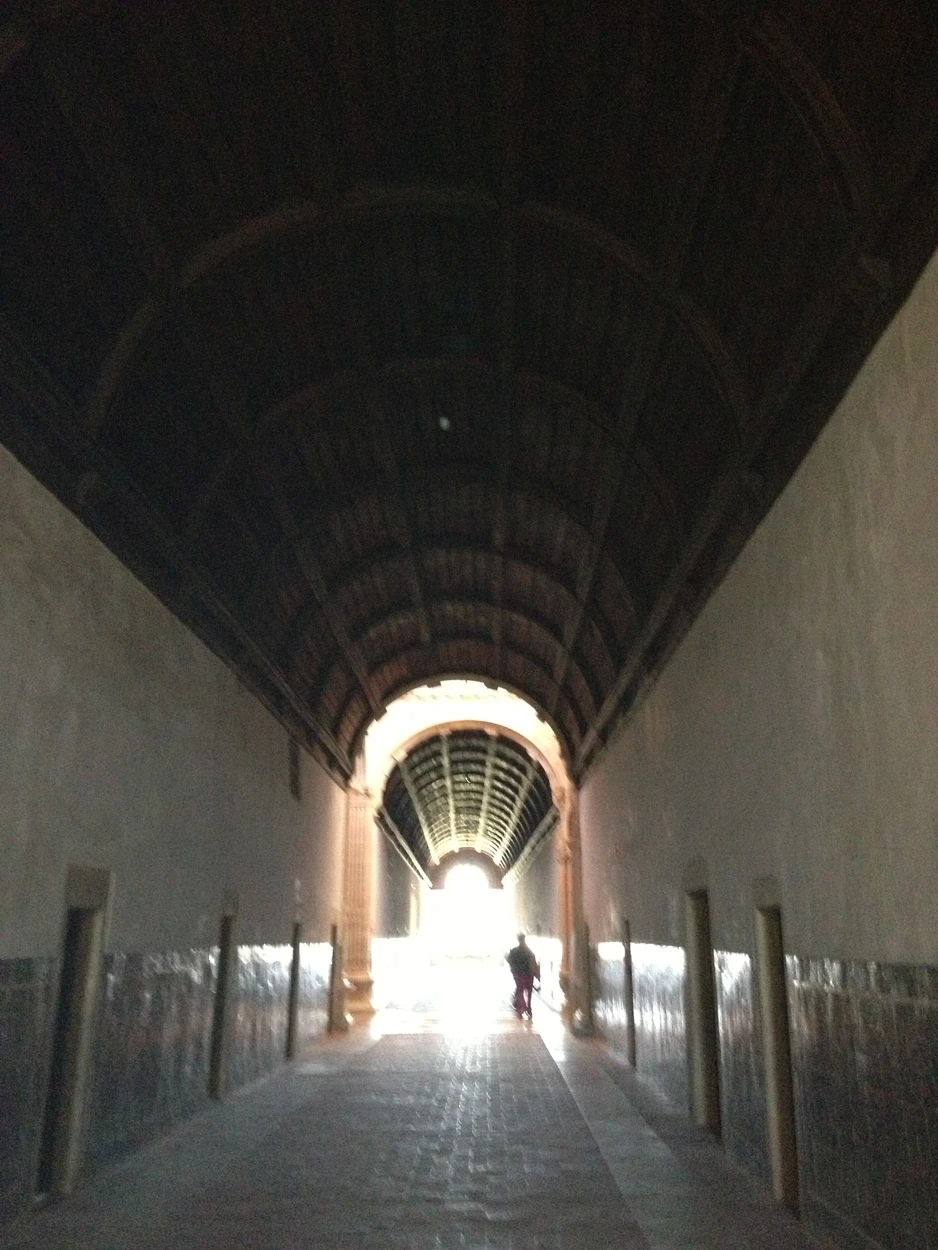


















Comments